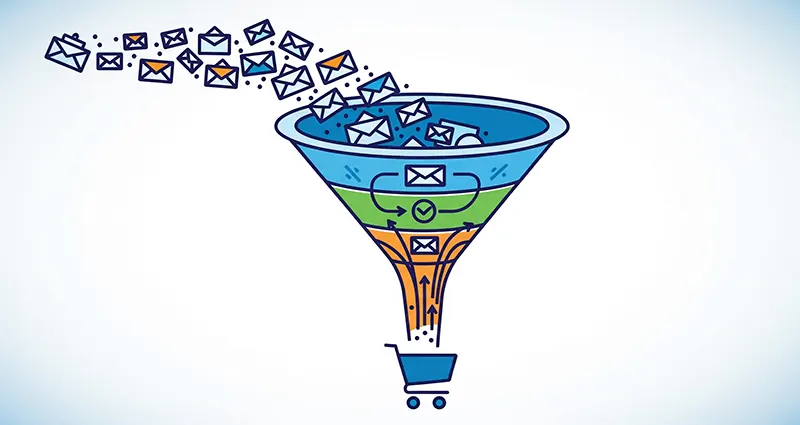Local SEO Checklist for New Restaurants
Opening a new restaurant is exciting, but attracting local customers is crucial for success. Leveraging local SEO (Search Engine Optimization) helps your restaurant show up in local searches, driving foot traffic and online orders. Below is a comprehensive local SEO checklist for new restaurants to boost your visibility and attract hungry customers nearby.
1. Optimize Google Business Profile
- Claim and verify your Google Business Profile.
- Add accurate restaurant name, address, and phone number (NAP).
- Include your website URL and restaurant categories (e.g., Italian restaurant).
- Upload high-quality images of your food, interior, and exterior.
- Update business hours and holiday schedules regularly.
- Encourage customers to leave reviews and respond promptly.
2. Leverage Local Citations
- Ensure consistent NAP information on local directories (Yelp, TripAdvisor, Zomato).
- Submit your restaurant info to niche-specific directories and food apps.
- Use tools like Moz Local or BrightLocal to audit and fix citation inconsistencies.












